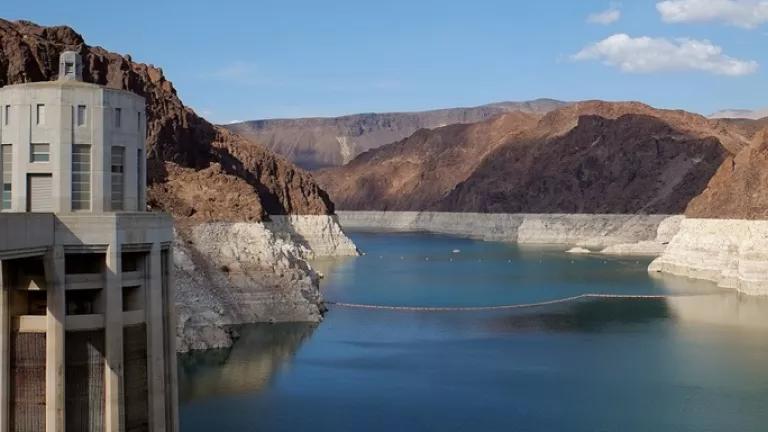How cities can spur voluntary "green" stormwater management on private land
A growing slate of leading cities are seeing that the challenges of modern-day stormwater management require a departure from traditional approaches. Historically, cities have looked to centralized “gray” infrastructure: imagine thousands of storm drains and miles of underground pipes linked to few outfalls which dump polluted stormwater directly into the nearest waterbody. Today, leading cities are increasingly relying on distributed “green” means of managing stormwater.
These “green” solutions use principles of bio-mimicry to capture rainwater at or near the place where it falls. This keeps the rainwater out of the centralized gray systems where it would have become polluted. Instead, "green" solutions allow the rainwater to infiltrate back into the ground, where it can be re-used on or near the site where it falls.
Within the group of leading cities using hybrid “gray + green” approaches on a large scale, some are finding that some very low-cost green stormwater management opportunities exist on private land. Rather than pay hundreds of thousands of dollars to capture the stormwater from an acre of impervious area in the street or sidewalk, in some cases it is far cheaper for a city to pay for stormwater capture on private land. For each city, there is a baseline amount that they are spending to "green" in the public right of way, and there is a lower amount that cities could offer property owners, in the hope that some of those low-cost distributed stormwater management opportunities get built. For example, where it costs $250,000 for Philadelphia to capture stormwater in the public right-of-way, the City can offer to pay private landowners $100,000 for an acre of impervious cover managed.
And that’s exactly what Philadelphia, and other cities, are beginning to do.
But figuring out how much to offer to private property owners to "go green" is only part of the challenge. Managing a grant or incentive program on a large scale is challenging for a city that is not accustomed to pro-active program marketing and outreach to its customers. And there is much at stake in getting it right—especially when a city recognizes that distributed green infrastructure is an opportunity not just to manage stormwater, but to become more resilient to climate impacts by reducing urban heat island effects, reducing localized flooding, helping improve air quality, and also beautifying neighborhoods, spurring local entrepreneurs and creating "green-collar jobs." That's a tall order.
Last year, NRDC and Philadelphia's Sustainable Business Network decided to delve into this fascinating niche—specifically into the green stormwater market that exists in Philadelphia. It's one of the largest in the country, doling out approximately $10 million per year to private property owners who use those funds to manage stormwater from their roofs and parking lots. Through its private property grant programs, Philadelphia has been able to get some extraordinarily low-cost stormwater management. But the City also recognizes the potential to create not just good environmental but also good local economic impacts through their programs, and they wanted to be sure to maximize those elements as well.
This brief report walks through some of the findings of our research into Philadelphia's green infrastructure market. We placed several dozen phone calls to interview a wide range of local stakeholders to understand what changes to the City's existing programs would strengthen the programs' positive economic impacts and climate resiliency. We are happy to report that Philadelphia will be implementing many of our recommendations in some form. A few key takeaways (in no particular order) are below:
- Make it easy for vendors and property owners to link up. Develop a clearinghouse to connect vendors to property owners interested in stormwater retrofits
- Keep the costs to submit a grant application as low as possible. Create a grant application process that minimizes “pre-development” costs and relieves the upfront financial burden for applicants.
- Keep the grant program structure as simple as possible but consider funding the most desirable projects (for example, projects that will create vegetation in neighborhoods vulnerable to heat island effects) at a higher rate.
- Provide as much information as possible about the grant programs via website, case studies, webinars, and/or workshops where potential program participants can share their views on how a grant program could best work.


